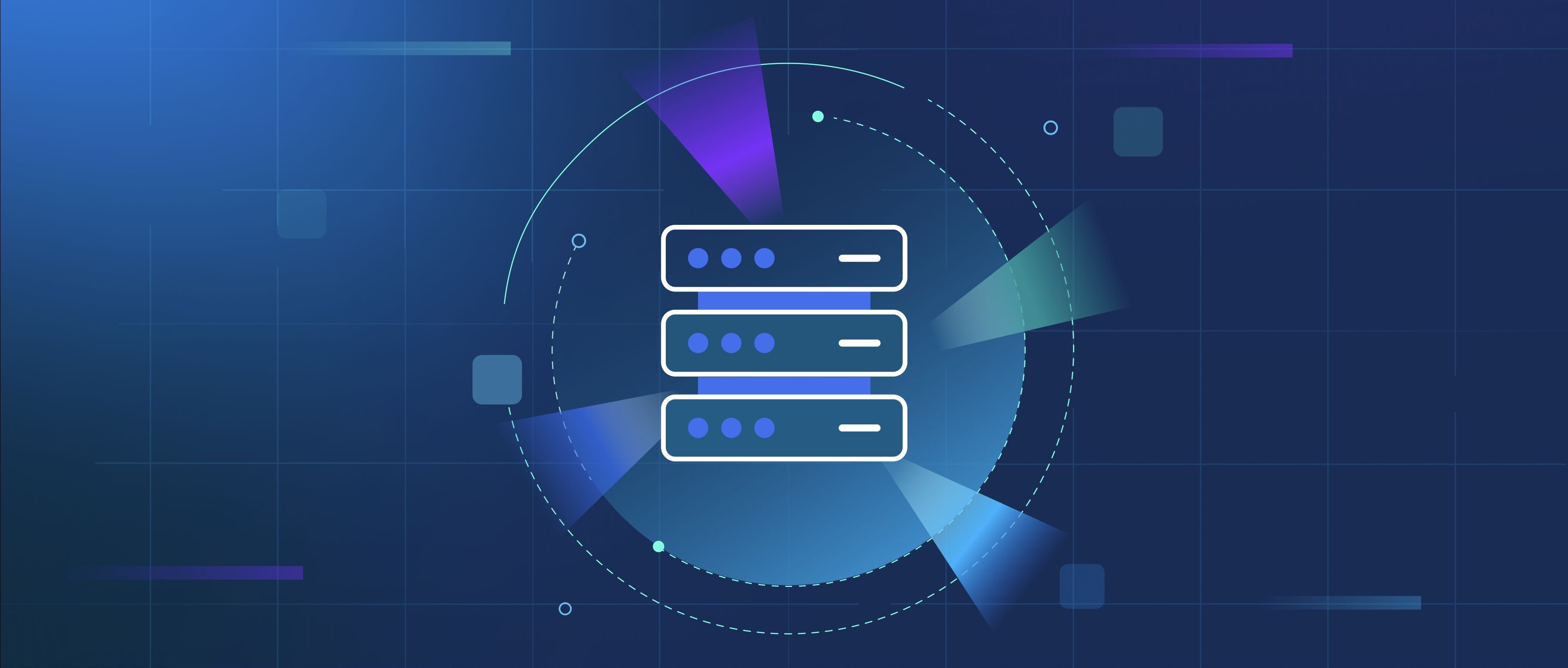Knowledge graphs can significantly enhance text mining by providing a structured way to represent and organize information. They consist of entities (like people, places, and concepts) and relationships between these entities, creating a network of related data. When applied to text mining, knowledge graphs help in extracting useful insights from unstructured text data by allowing for improved understanding, organization, and retrieval of information.
One practical use of knowledge graphs in text mining is entity recognition. When processing a large volume of text, knowledge graphs can help identify and categorize named entities. For example, if you're analyzing customer reviews for a product, a knowledge graph can help differentiate among various product features, customer sentiment, and demographic information. By linking these entities back to the graph, developers can gain insights into not only what is being said but also who is saying it and how different features are perceived by different groups, which can be crucial for targeted marketing strategies.
Another important aspect is the disambiguation of terms and concepts. In text mining, many words have multiple meanings depending on the context. For example, the term "Apple" could refer to a fruit or a tech company. A knowledge graph can help clarify such ambiguities by connecting the term to its relevant context through relationships in the graph. This leads to more accurate data extraction and reduces noise in the analysis. By integrating knowledge graphs into text mining workflows, developers can create systems that automatically understand and categorize information more efficiently, supporting more informed decision-making.
